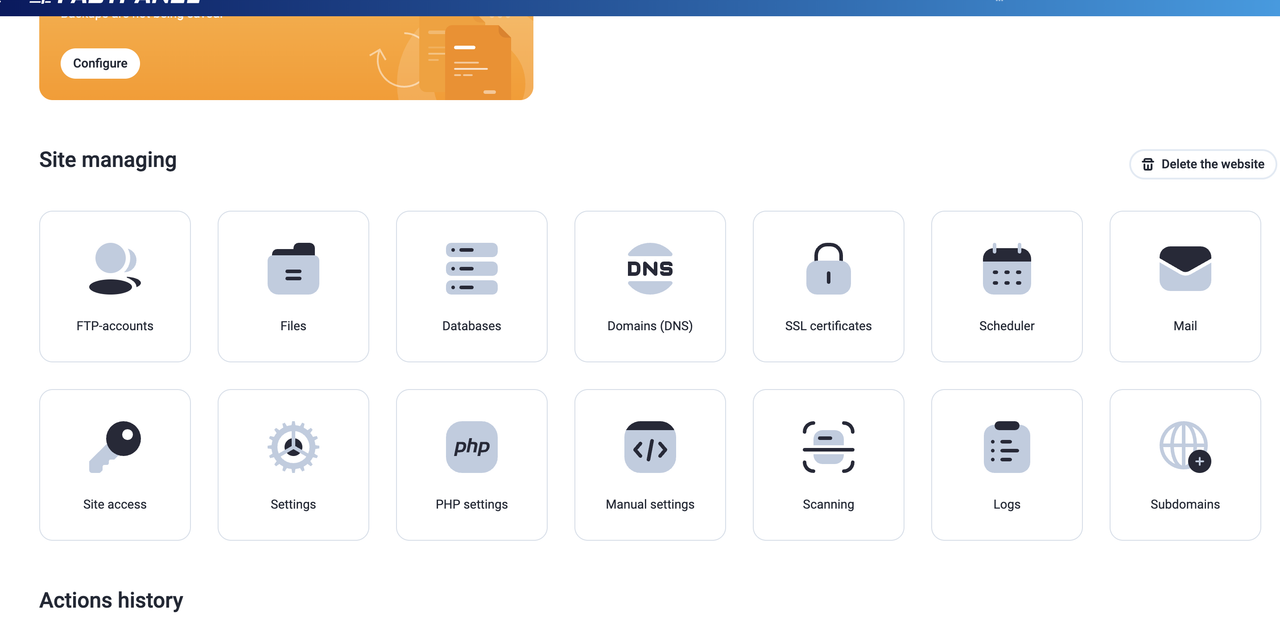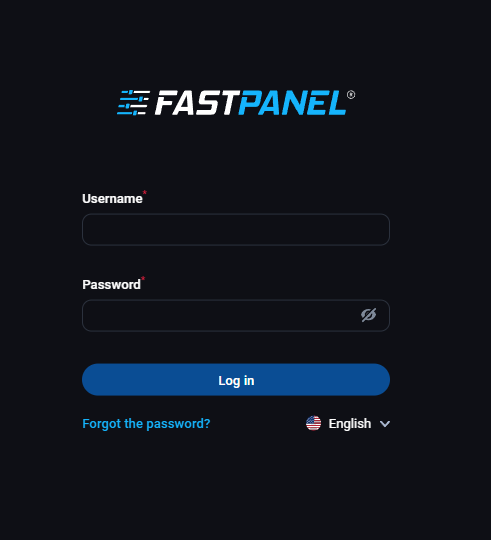12 December 2025
Find ddos attaker using netstat command

A Distributed Denial of Service (DDoS) attack is an attempt to make an online service unavailable by overwhelming it with traffic from multiple sources. They target a wide variety of important resources, from banks to news websites, and present a major challenge to making sure people can publish and access important information. Attackers build networks of infected computers, known as 'botnets', by spreading malicious software through emails, websites and social media. Once infected, these machines can be controlled remotely, without their owners' knowledge, and used like an army to launch an attack against any target. Botnets can generate huge floods of traffic to overwhelm a target. These floods can be generated in multiple ways, such as sending more connection requests than a server can handle, or having computers send the victim huge amounts of random data to use up the target’s bandwidth. Some attacks are so big they can max out a country's international cable capacity.
Natestat help you to find attacker ip. Today we show you how to do it.
let's see examples with explanation
netstat -na |
This display all active Internet connections to the server and only established connections are included.
netstat -an | grep :80 | sort |
Show only active Internet connections to the server on port 80, this is the http port and so it’s useful if you have a web server, and sort the results. Useful in detecting a single flood by allowing you to recognize many connections coming from one IP.
netstat -n -p|grep SYN_REC | wc -l |
This command is useful to find out how many active SYNC_REC are occurring on the server. The number should be pretty low, preferably less than 5. On DoS attack incidents or mail bombs, the number can jump to pretty high. However, the value always depends on system, so a high value may be average on another server.
netstat -n -p | grep SYN_REC | sort -u |
List out the all IP addresses involved instead of just count.
netstat -n -p | grep SYN_REC | awk '{print $5}' | awk -F: '{print $1}'
|
List all the unique IP addresses of the node that are sending SYN_REC connection status.
netstat -ntu | awk '{print $5}' | cut -d: -f1 | sort | uniq -c | sort -n
|
Use netstat command to calculate and count the number of connections each IP address makes to the server.
netstat -anp |grep 'tcp|udp' | awk '{print $5}' | cut -d: -f1 | sort | uniq -c | sort -n
|
List count of number of connections the IPs are connected to the server using TCP or UDP protocol.
netstat -ntu | grep ESTAB | awk '{print $5}' | cut -d: -f1 | sort | uniq -c | sort -nr
|
Check on ESTABLISHED connections instead of all connections, and displays the connections count for each IP.
netstat -plan|grep :80|awk {'print $5'}|cut -d: -f 1|sort|uniq -c|sort -nk 1
|
Show and list IP address and its connection count that connect to port 80 on the server. Port 80 is used mainly by HTTP web page request.
How to mitigate a DOS attack
Once that you have found the IP that are attacking your server you can use the following commands to block their connection to your server:
iptables -A INPUT 1 -s $IPADRESS -j DROP/REJECT |
Please note that you have to replace $IPADRESS with the IP numbers that you have found with netstat.
After firing the above command, KILL all httpd connections to clean your system and than restart httpd service by
using the following commands:
killall -KILL httpd service httpd start #For Red Hat systems /etc/init/d/apache2 restart #For Debian systems |
Related Blog Post
Create, collaborate, and turn your ideas into incredible products with the definitive platform for digital design.


12 December 2025
SEO Roadmap: Server Infrastructure & Strategy Guide
Boost your 2026 rankings with our ultimate SEO guide. Learn how to optimize for AI agents using NVMe SSDs, LiteSpeed Cac

05 May 2025
The Unnoticed Significance of Your Web Hosting Provider affect
For website success you need a good hosting company who give you proper service. Toshost ensure your every needs fulfil.

